
When most people think of Missouri, they envision vast forests, rivers, and prairies teeming with small mammals, birds, and fish. What rarely comes to mind are herds of wild horses roaming free. Yet, in southern Missouri’s Ozark National Scenic Riverways, these majestic animals exist as a captivating symbol of resilience and history. Their presence, tied to hardship and survival, tells a unique story of cultural heritage and conservation.
A Legacy Born from the Great Depression
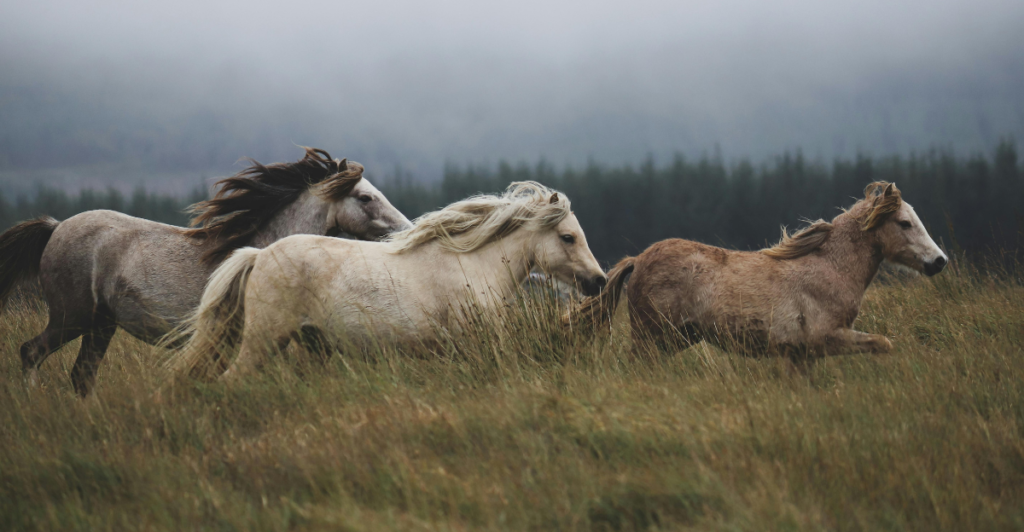
The origins of Missouri’s wild horses date back to the Great Depression, a period of severe economic distress during the 1930s. Many families living in the rural Ozarks were forced to abandon their homes in search of opportunities in cities. Unable to care for their horses, these families made the heartbreaking decision to release them into the wild. Over time, these domesticated animals formed herds and adapted to the Ozark wilderness, and their descendants still thrive today.
The Social Structure of Wild Herds
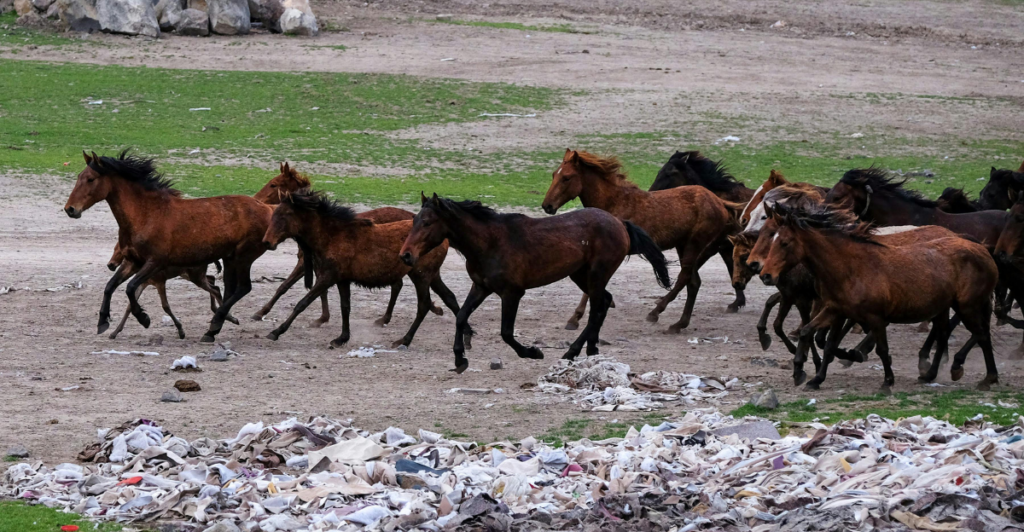
The wild horse herds in Missouri follow a fascinating and highly organized social structure. Each herd, typically composed of 5 to 15 horses, is led by a dominant mare who decides when and where to move. A protective stallion remains close, guarding the group from predators and potential threats. This structure ensures the survival and unity of the herd, enabling them to forage for food and remain safe.
Adaptation to the Seasons

Missouri’s wild horses are remarkably adaptable, a trait essential for their survival in the changing seasons. In spring and summer, they primarily graze on grasses, while in fall and winter, their diet shifts to shrubs, leaves, and tree bark. This flexibility allows them to endure the harsh conditions of the Ozark wilderness year-round.
The Controversy Surrounding Wild Horses

While many celebrate the wild horses as a symbol of beauty and freedom, their presence has sparked controversy over the years. Critics argue that the horses contribute to overgrazing, which can cause soil erosion and damage delicate plant ecosystems. Additionally, their movements can disrupt the habitats of smaller wildlife species, raising ecological concerns.
The Crisis of 1992

Tensions reached a peak in 1992 when the National Park Service proposed removing the wild horses from Missouri’s public lands. They argued that the horses, considered non-native or “feral,” were harmful to the natural ecosystem. However, this proposal met with fierce backlash from local communities, who viewed the horses as an irreplaceable part of their cultural heritage.
Community Backlash and Advocacy

The National Park Service’s plan to remove the wild horses ignited a grassroots movement. Local residents and advocates rallied together, insisting that the horses had a rightful place in Missouri’s landscape. Thousands protested, and “wild and free” became the rallying cry for those determined to protect the herds.
The Formation of the Missouri Wild Horse League
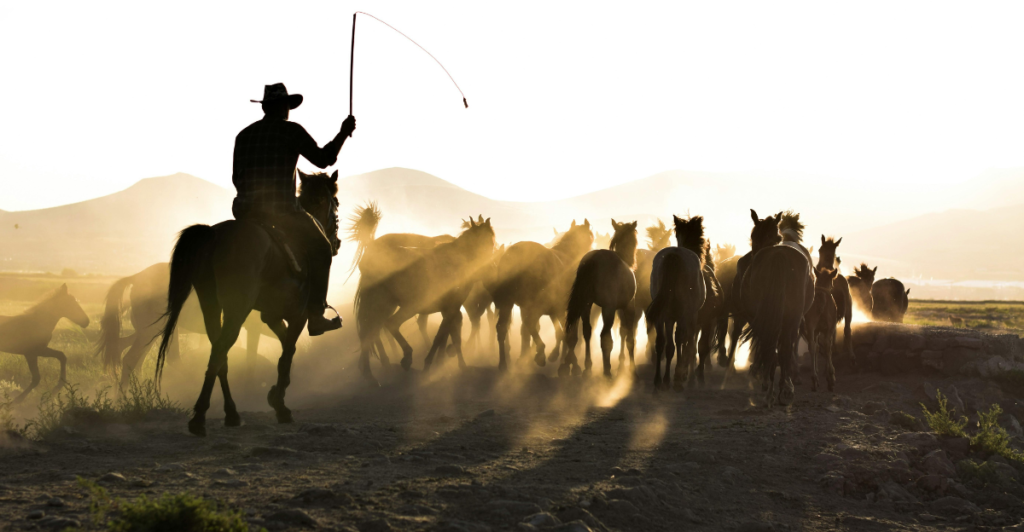
Amid the controversy, it became clear that a long-term solution was needed to protect the horses while addressing environmental concerns. In 1992, the Missouri Wild Horse League was established. This organization took on the responsibility of managing the herds in Shannon County, ensuring their health, safety, and protection.
A Federal Act Secures Protection

In 1996, federal legislation solidified protections for Missouri’s wild horses, recognizing their cultural significance. This law also formalized the partnership between the Missouri Wild Horse League and the National Park Service, laying the foundation for responsible herd management and ongoing conservation efforts.
Collaborative Conservation Efforts

Today, the relationship between the wild horses and the National Park Service represents a model of collaborative conservation. Efforts include monitoring population sizes, implementing fertility control to prevent overpopulation, and occasionally relocating horses to maintain ecological balance. This careful management helps preserve the horses while minimizing their impact on the environment.
The Mystery of Their Origins
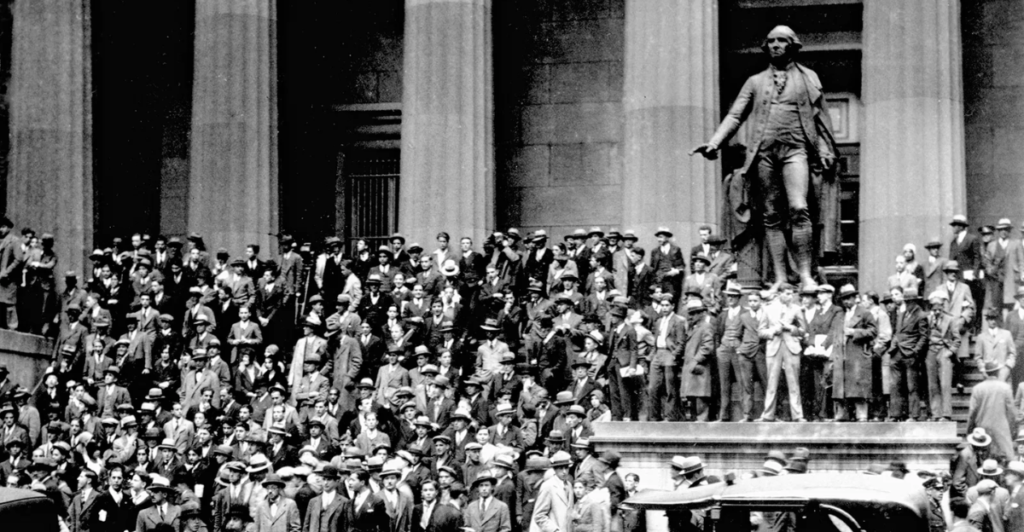
While many believe the horses originated from the Great Depression, local lore suggests they may have been in the area since the 17th century. Whether descended from domesticated horses or an older lineage, they have long been a part of the Ozark landscape. Regardless of their origins, most people now refer to them simply as “wild.”
Managed by the Missouri Wild Horse League

The Missouri Wild Horse League plays a vital role in maintaining the well-being of the herds. The organization provides veterinary care, manages adoptions, and works to restore grazing areas. Their efforts ensure that the horses remain healthy, protected, and free to roam within Shannon County’s river valleys.
Witness the Wild Beauty
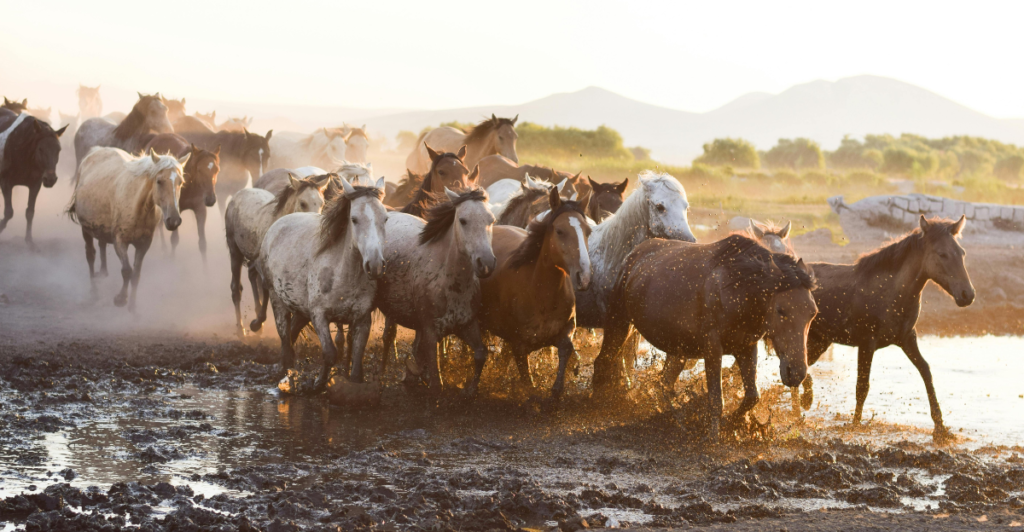
Missouri’s wild horses are a remarkable sight to behold. To see them safely, visitors can explore the Ozark National Scenic Riverways and view the horses from a respectful distance. These animals, like the rivers they call home, embody the spirit of the Ozarks—wild, resilient, and free. Whether you are a local or a traveler, witnessing these herds is a truly unforgettable experience.
Stay connected with us for more stories like this! Follow us to get the latest updates or hit the Follow button at the top of this article, and let us know what you think by leaving your feedback below. We’d love to hear from you!







